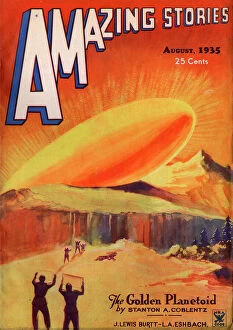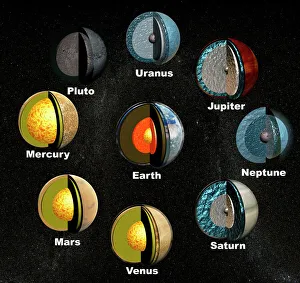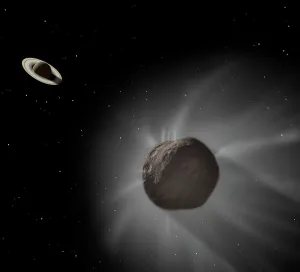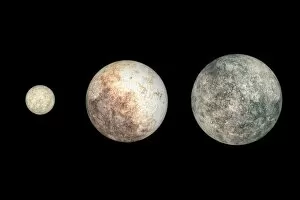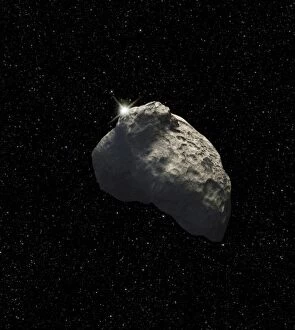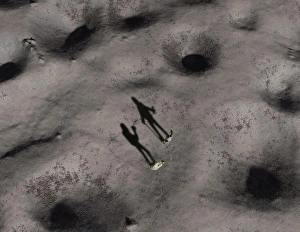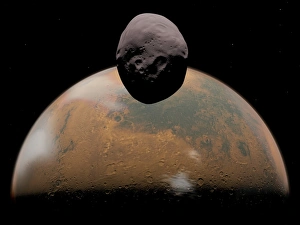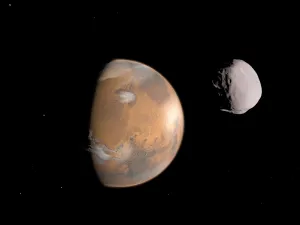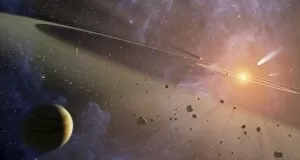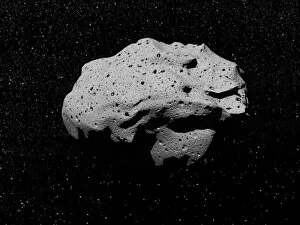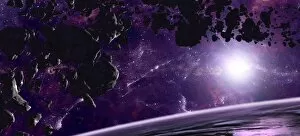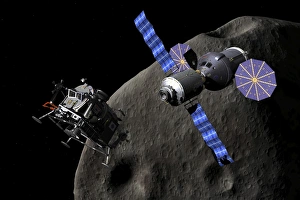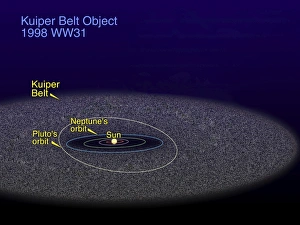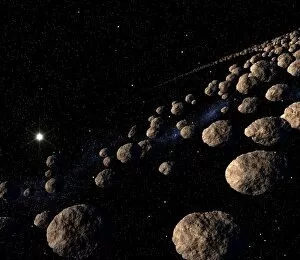Planetoid Collection
"Exploring the Mysteries of Planetoids
All Professionally Made to Order for Quick Shipping
"Exploring the Mysteries of Planetoids: From Scifi Covers to Asteroid Mining Outposts" Journey into the unknown begins with an Amazing Stories Scifi magazine cover featuring a captivating planetoid. Unveiling The Golden Planetoid, a celestial gem that holds secrets within its intricate internal structures. Witness the rare spectacle as Chiron passes near Saturn, offering a glimpse into the cosmic dance of celestial bodies. A digital composite reveals the comparative sizes of nine asteroids, showcasing their diverse forms and compositions. Brace yourself for impact as a giant asteroid collides with planet Earth, reminding us of our vulnerability in the vastness of space. Discover how primordial Earth was formed by asteroid-like bodies, shaping our very existence on this blue planet we call home. An artist's impression takes us to the Kuiper Belt Object - a one-half-mile-diameter enigma lurking at the edge of our solar system. Delve into the orbits of Earth-Crossing Asteroids, highlighting their potential influence on our cosmic neighborhood and future exploration efforts. Join humans on an exhilarating adventure as they explore and conquer the surface of an asteroid - pushing boundaries beyond imagination. Step inside an asteroid mining outpost where humanity taps into these rocky treasures for resources that fuel innovation and progress. Encounter dwarf planets Ceres, Pluto, and Eris - fascinating entities residing in distant corners of our solar system yet holding significant scientific value. Peer into realms unseen as we ponder Tyche - a hypothetical planet that could exist within the mysterious Oort Cloud; unlocking new frontiers in astronomical research. In this captivating journey through space exploration and celestial wonders, let your imagination soar among these mesmerizing planetoids.

